
Unlock business success through a robust transport network
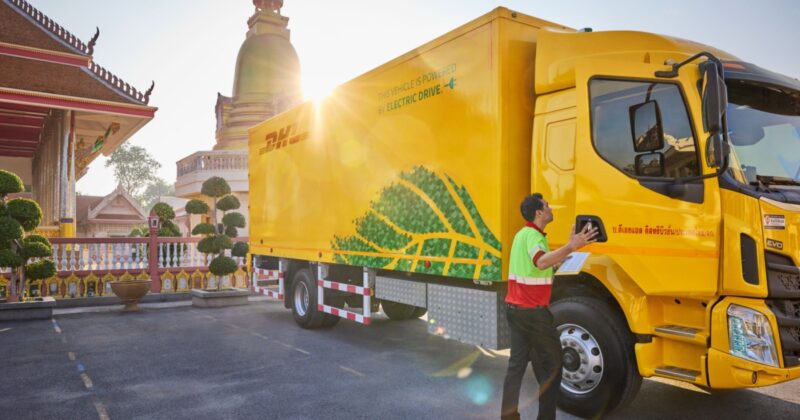
If you picture your supply chain as a living, breathing organism, a transport network is its circulatory system-moving products, information, and value from one node to another, keeping everything healthy and thriving.
The transport network is more than just trucks, ships, and planes. It is the strategic web connecting suppliers, manufacturers, warehouses, and customers. In Asia Pacific, this web is expanding at breakneck speed. Between 2020 and 2030, the region’s road networks are set to grow by 38 percent, and high-speed rail will expand by 28,000km, reaching a staggering 70,000km. This infrastructure boom is the backbone of business growth, enabling companies to reach new markets, scale up operations, and remain agile in a rapidly changing world.
Businesses thrive through the power of a robust transport network. But the benefits go far beyond physical movement. A strong transport network delivers on operational efficiency, cost management, flexibility, sustainability, and visibility.
Operational efficiency is about doing more with less
The logistics market in APAC is projected to grow by US$159.1 million from 2025–2029, fueled by smarter, more efficient transport networks. A well-structured transport network system dramatically increases operational efficiency across the supply chain.
Advanced route planning software and real-time tracking enable logistics managers to anticipate bottlenecks, reroute shipments as needed, and ensure that inventory arrives precisely when and where it is required. Companies leveraging real-time data and automation have improved delivery speed and accuracy, with labor efficiency gains of up to 30 percent.
This level of efficiency not only reduces costs but also enhances service reliability-critical for industries like retail, healthcare, and manufacturing, where timing is everything.
Saving time and cost
Unfortunately, transportation accounts for a significant portion of supply chain costs. In developing APAC countries, logistics can account for 12–15 percent of GDP, compared to 8–10 percent in developed economies. However, logistics costs for retail and manufacturing range from four to five percent of goods sold. In Asia Pacific, they are often higher due to an infrastructure gap.
This is akin to holes in a bucket, but a well-built transport network can plug those leaks. The cost savings associated with using a viable transport network in supply chain management are both substantial and multifaceted. By leveraging route optimization, strategic facility placement, technology adoption, and collaborative relationships, businesses can reduce transportation and labor costs. At the same time, it can minimize inventory and handling expenses.
Maximizing utilization, minimizing cost
Maximizing utilization, minimizing cost
Japan is well-known for its efficiency in almost every aspect, right down to the second. This DNA is also apparent in DHL Supply Chain Japan’s fashion delivery network. Besides its 98 percent success rate for on-time delivery, the logistics firm can achieve maximum utilization with co-loading for same/next door destination. This translates to cost saving of up to 15 percent, compared to major less-than-truck load carriers.
Flexible and scalable to be ready for anything
Here is the hard truth: demand spikes, supply shocks and new markets emerge overnight. Think of a robust, flexible transport network as your insurance policy against these disruptors.
Today’s supply chains must be agile, able to respond rapidly to shifts in demand, disruptions, or new market opportunities. Transport network provides the flexibility and scalability needed to thrive in this environment. A flexible transport network allows companies to rapidly adapt to disruptions, scale operations up or down, and reconfigure distribution channels as needed. This minimizes downtime and ensures business continuity.
Companies must quickly introduce new products, switch suppliers, or adjust delivery schedules to meet shifting market demands. The accompanying transport network, in essence, complements this by being agile and responsive to rapid market changes.
Taking the lean, smart and sustainable route
Sustainability is not just a buzzword. It is now a business imperative. In Asia, transport accounts for about 12 percent of total carbon emissions, rising to nearly 50 percent in small island states.
For businesses both large and small, the transportation network is the key to reducing their environmental footprint. This is achieved through route optimization and load consolidation, which reduce fuel use and emissions. Capturing just half of the unused truck capacity in Asia could reduce millions of tons of CO₂ annually. Modal shifts, such as moving from road to rail services, can reduce emissions by up to 70 percent per ton-kilometer.
Electrifying sustainability
Electrifying sustainability
Optimizing the loads and routes can be applied to existing infrastructure and assets. Continuous improvements, however, can mean the difference in putting the sustain in sustainability for companies. As more companies put a heavier focus on adopting sustainable measures, logistics firms are taking the same route to enhance its transport fleet with electric vehicles. To date, DHL Supply Chain has more than 400 last-mile vehicles deployed in India, and 70 percent of it are electric vehicles.
The visibility to see everything and miss nothing
In the digital era, you cannot manage what you cannot see. Today, 60 percent of Chinese logistics firms and 70 percent of Japanese companies use real-time asset tracking with no manual inputs. This visibility reduces manual tracking by up to 40 percent, and improves customer satisfaction with accurate, real-time updates.
For example, DHL Supply Chain utilizes its connected control tower (CCT) to provide customers with 100 percent visibility of their deliveries. The CCT goes beyond providing visibility of end-to-end transport operations from receipt to delivery, giving customers absolute transparency and providing peace of mind. More importantly, it plays a crucial role in consolidating and optimizing the transport network. The data gathered can be used to derive further insights, allowing companies to remain flexible and react quickly to any potential hiccups in their operations.
Building business success with a transport network
In Asia Pacific, where growth is rapid and challenges are unique, the transport network is the difference between a thriving and merely surviving business. It is the lever that enables companies to do more with less, save money, stay nimble, be sustainable, and view everything in real-time.
Whether you are shipping lithium batteries from Thailand to Singapore, delivering groceries in Jakarta, or exporting electronics from Vietnam, the right transport network strategy is your ticket to efficiency, resilience, and growth.
In the fast lane of Asia Pacific, a transport network is more than just moving goods – it is about moving your business forward.
ALSO WORTH READING
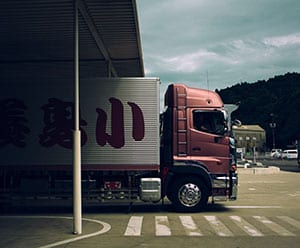






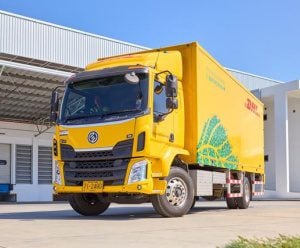

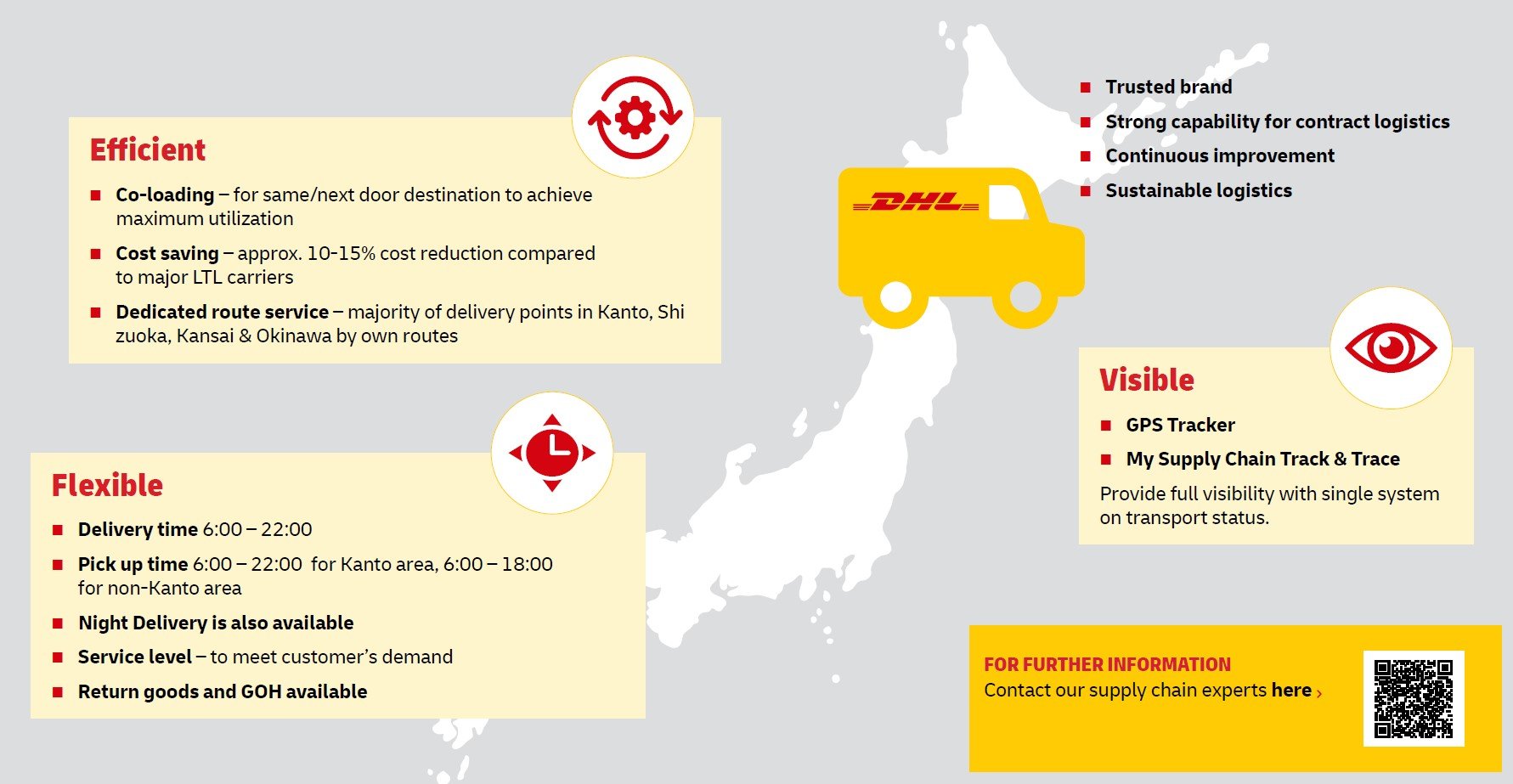
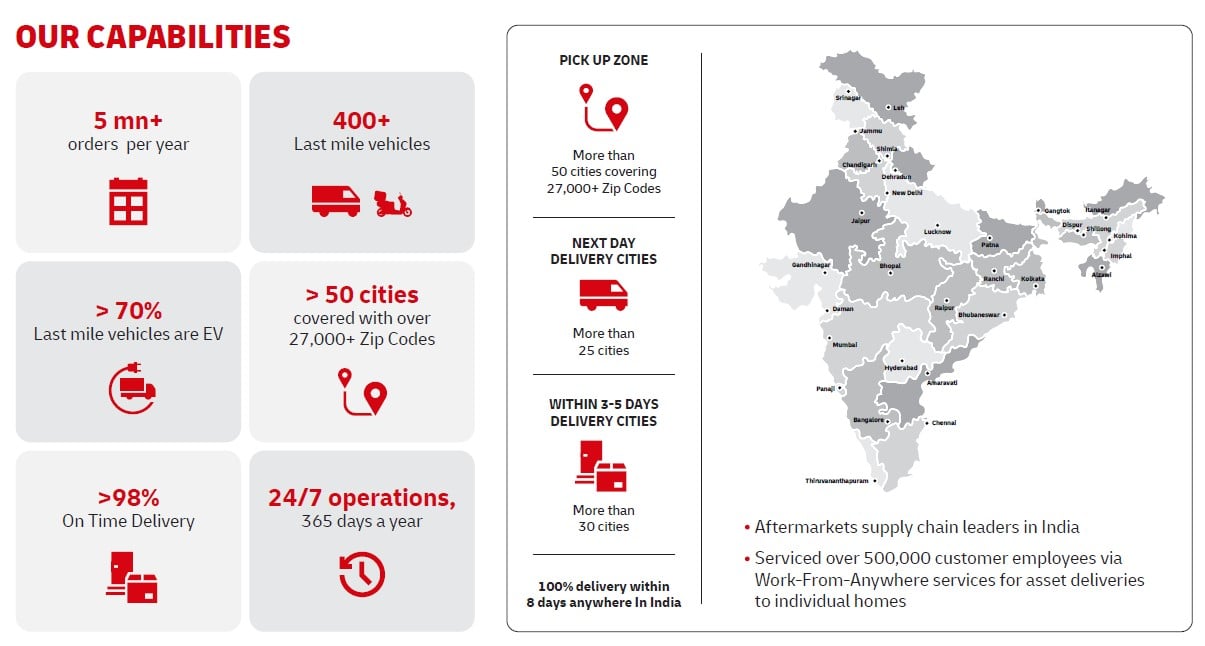





 English
English